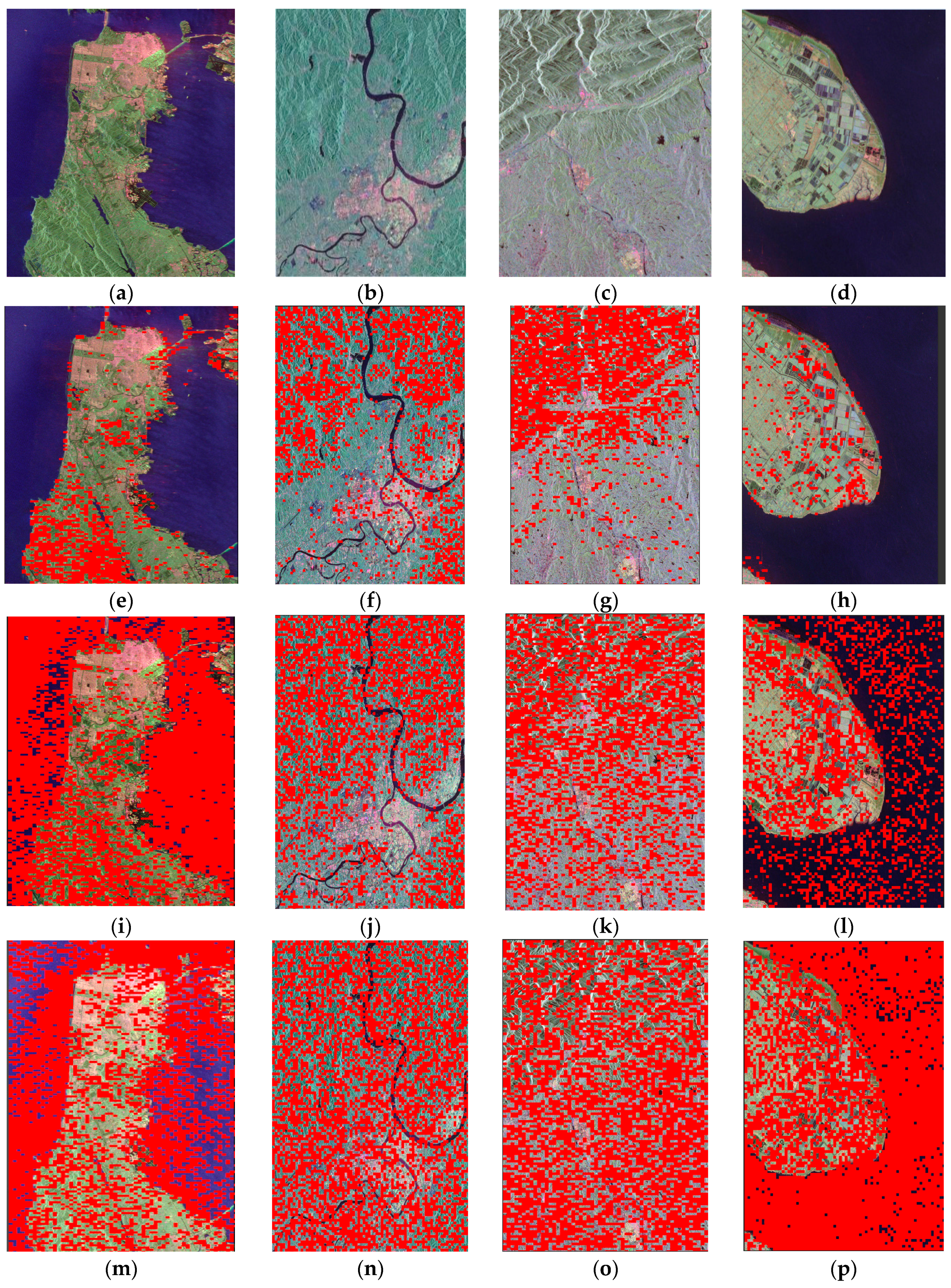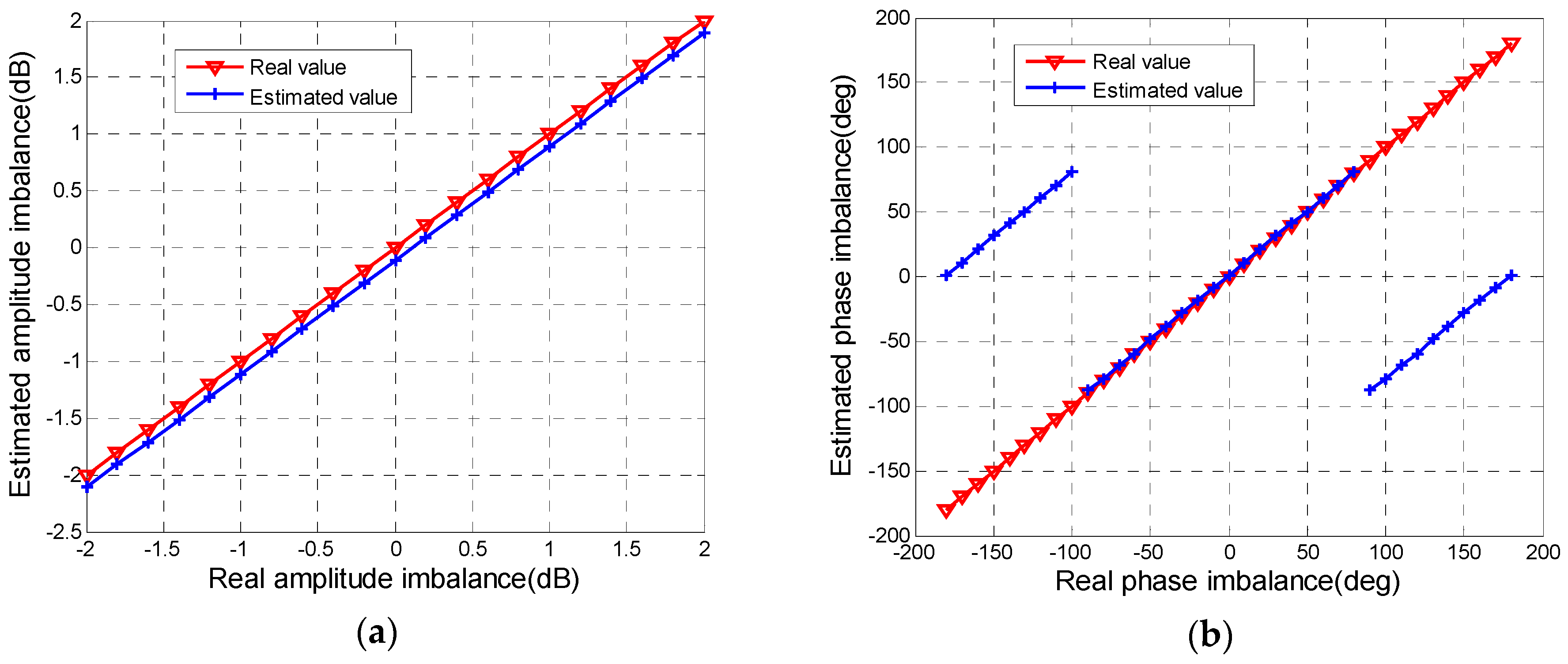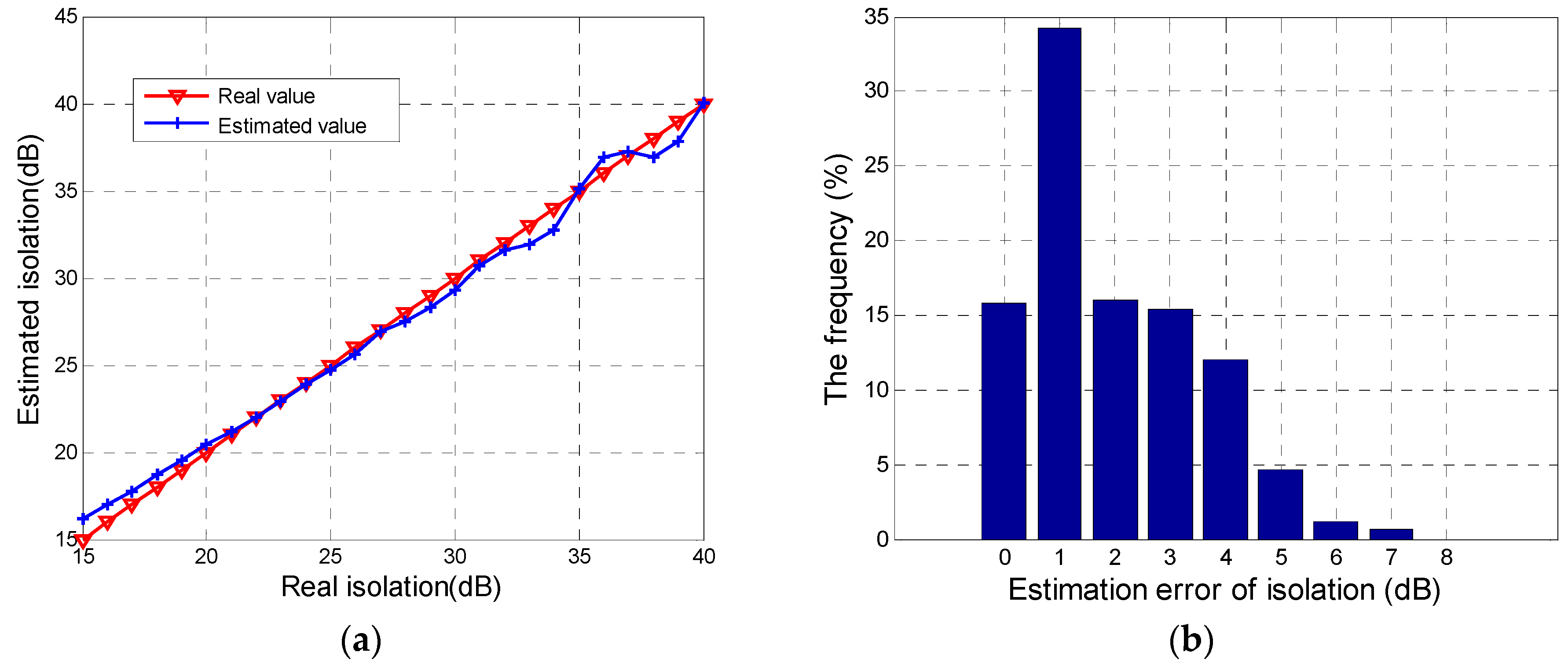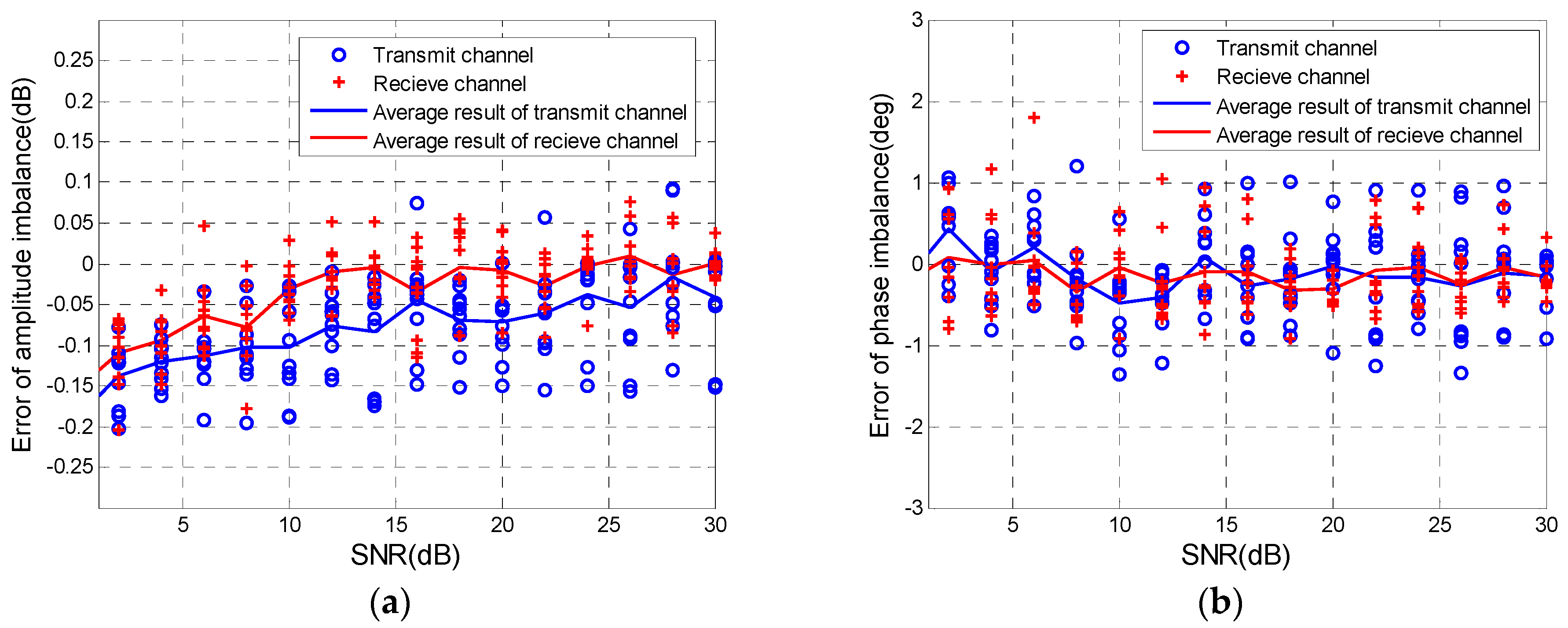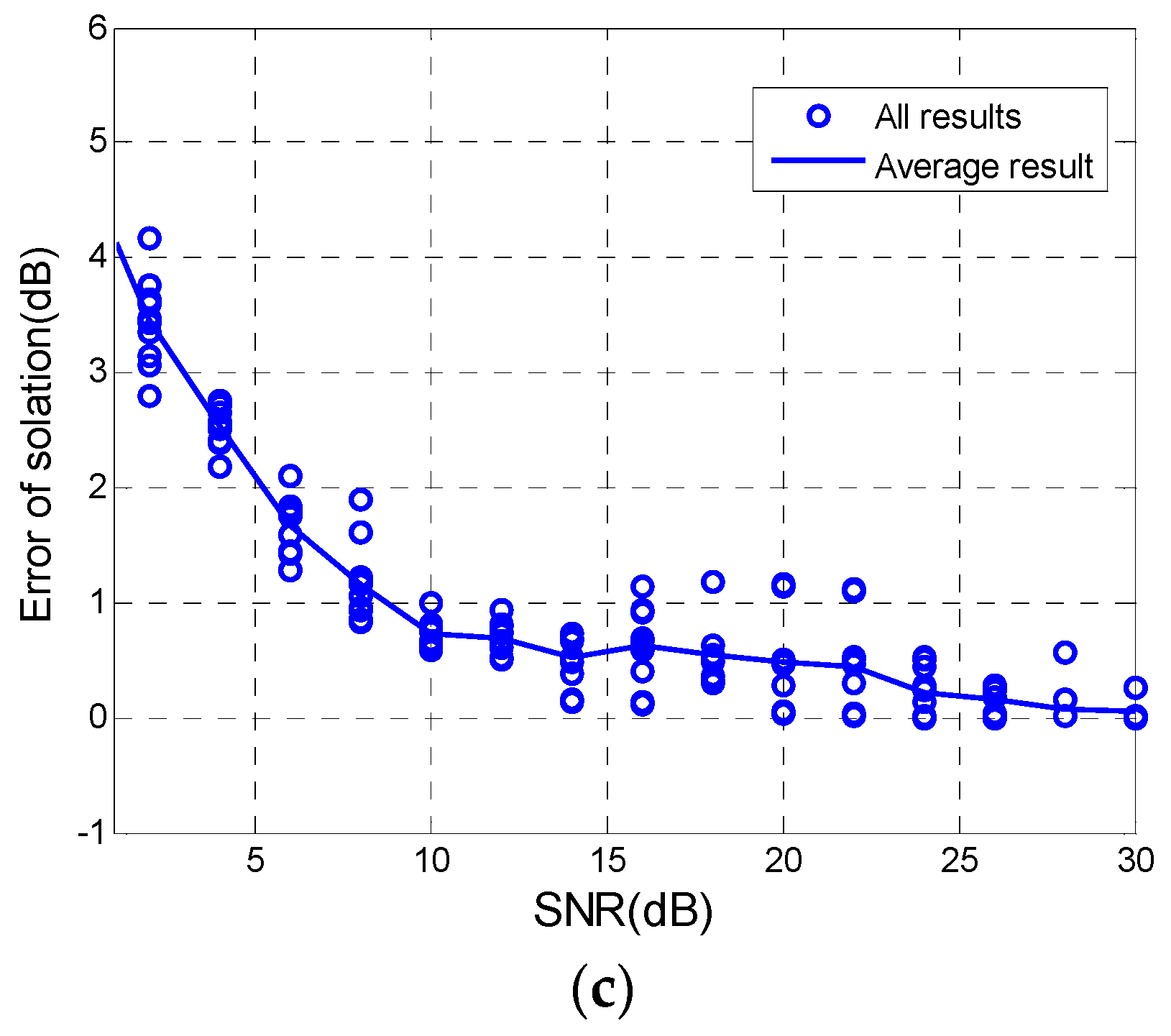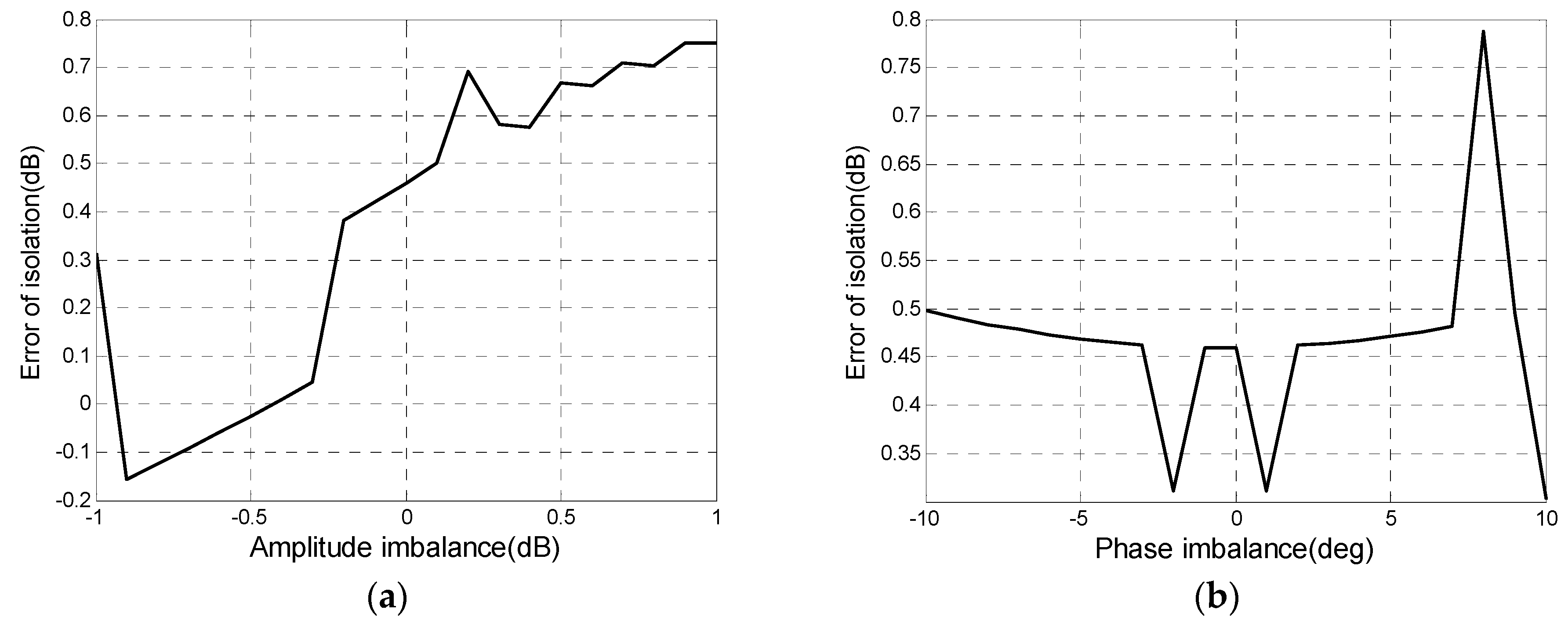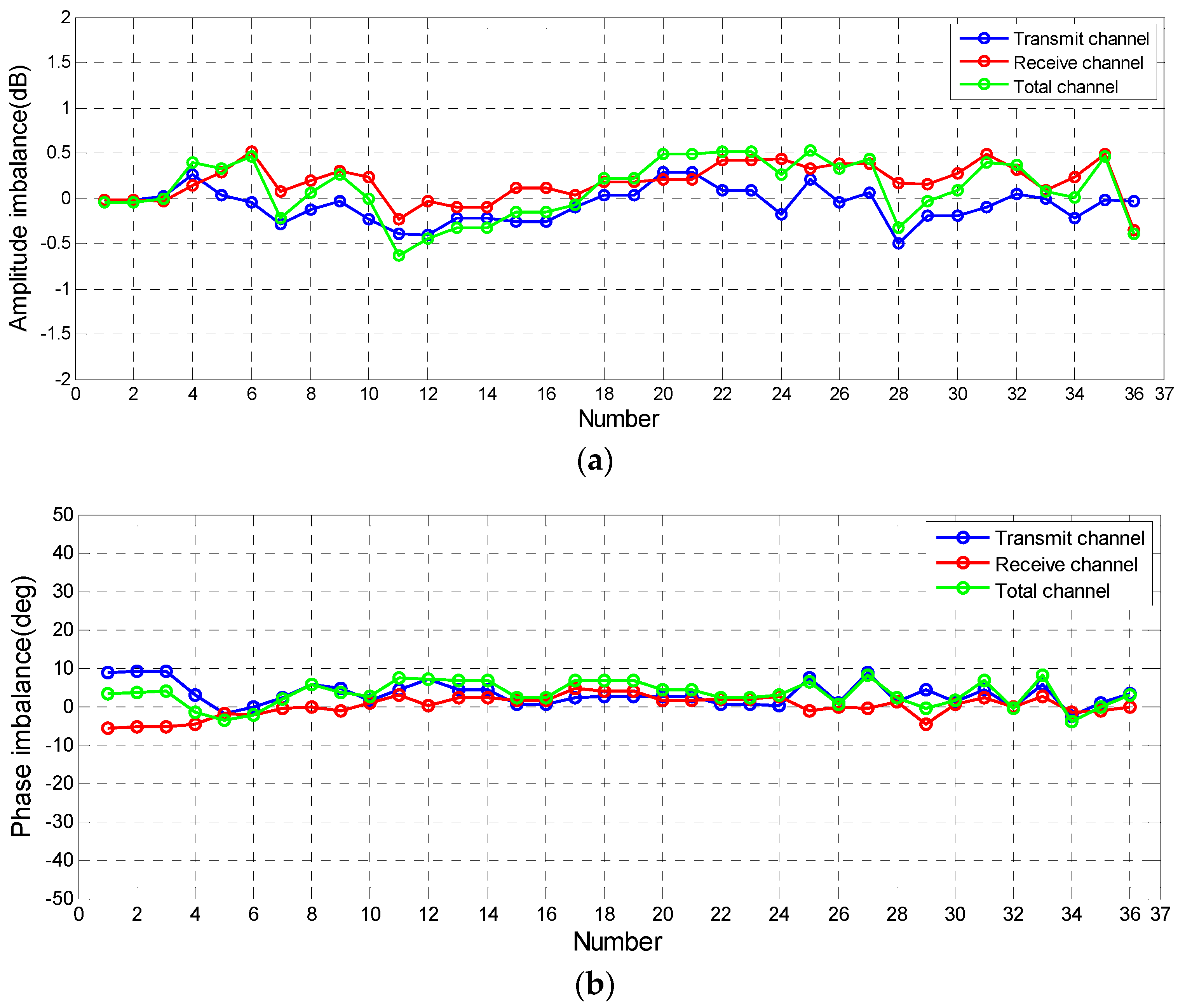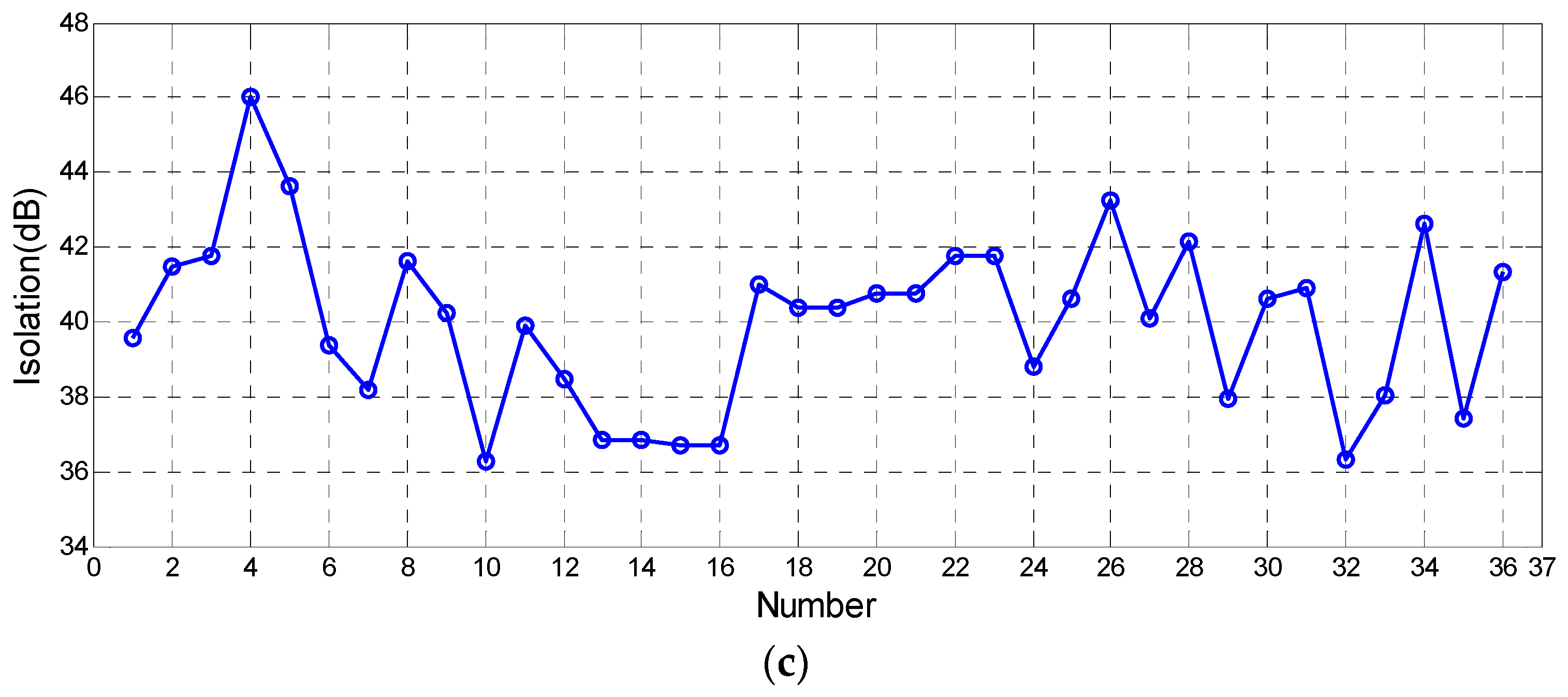1. Introduction
PolSAR can obtain multidimensional data that describe polarization scattering information of targets. And it has many important applications in target classification [
1,
2], target detection [
3,
4], biomass inversion [
5,
6] and so on. Many countries have paid attention to the development of PolSAR systems, and have launched a series of space-borne PolSAR systems, such as Radarsat-2, TerraSAR-X, ALOS-2, Sentinel-1 and Cosmo-Skymed. In August 2016, China launched its first PolSAR satellite—GF-3—which works at the C band and has 12 imaging modes with resolution up to 1 m [
7,
8]. All imaging modes of this satellite are available in either left- or right-looking orientation. The fully polarimetric mode provides data with swaths of at least 20 km and ground range resolutions of about 8 m and 25 m. And, there are more than 40 beams with look angle ranging from 18.8° to 42.8° at every looking orientation. Undoubtedly, with the GF-3 satellite put into operation, it will provide a substantial number of polarimetric data for quantitative applications on sea and ocean monitoring, disaster reduction, water conservancy, and meteorology. The performance of quantitative application depends extremely on the quality of polarimetric imagery, so users of GF-3 polarimetric data are very concerned about data quality. Further, it is necessary to evaluate the quality of polarimetric data and achieve the normalized quality monitoring during 8-year designed life of GF-3.
In the quality assessment of polarimetric data, crosstalks (CTs) and channel imbalances (CIs) are the most important metrics. In general, the quality assessment and polarimetric calibration are performed together. There are many methods for polarimetric calibration. These methods are divided into point-target methods and distributed-target methods. Point-target methods use three calibrators, such as corner reflectors [
9] and polarimetric active radar calibrators (PARCs) [
10]. Distributed-target methods utilize particular distributed targets. Van Zyl [
11] and Ainsworth [
12] exploited the target of strict reflection reciprocity to solve distortion parameters, Quegan [
13] and Villa [
14] proposed methods utilizing distributed targets that satisfy the reflection symmetry and reciprocal conditions to perform parameter monitoring. And, these distributed-target methods often require one triangle corner reflector (TCR) to estimate the co-polarization (co-pol) CI. Since the calibration methods mentioned above can calculate CTs and CIs, it can also be used for quality assessment. In addition, the method by using one TCR to extract parameters that characterize CTs and CIs is the most commonly used in quality assessment, abbreviated as TCR Method.
The calibration method and the TCR method can quantitatively assess the quality of PolSAR data, but the TCR arrangement is time-consuming and laborious, and the required distributed targets need to strictly satisfy the reflection symmetry and (or) reciprocal conditions. Therefore, these methods are limited by the area and revisit frequency. Methods using common objects are needed to achieve convenient and normalized quality assessment. Until now, there are some methods that qualitatively assess data quality by employing the common targets. One of them utilizes the impact of CTs and CIs on polarimetric decomposition and classification. These effects were discussed in article [
15,
16,
17,
18]. Detailed conclusions are as follows: CTs result in the polarimetric entropy decreasing and the volume scattering component enhancing, and decrease the classification accuracy for surface-scattering pixels; CIs impact the alpha parameters of H/alpha/A decomposition and enlarge the Freeman-Durden decomposition error; Polarization distortion increases the classification bias of H/alpha/Wishart classification method. Thus, the scattering mechanism and classification results of targets are analyzed to indirectly see the data quality. For example, in the paper [
19], quality of PolSAR data was assessed by observing the correctness of objects’ scattering mechanisms which were obtained by H/alpha/A-Wishart classification. Another method got assessment results by measuring the consistency of C
HVVH, C
VHVH and C
HVHV as well as the difference between HH and VV [
20]. These methods have no strict requirements on the objects, but the magnitude of CIs and CTs cannot be estimated.
According to the current research status, we can see that calibration methods can give a quantitative evaluation, but have low applicability; and existing methods using common targets can only give qualitative results, so these methods cannot achieve the normalized quality assessment of GF3 PolSAR data. In this study, we propose a quality assessment method of PolSAR data based on common distributed targets. It does not depend on calibrators and particular distributed targets, which can meet the need of normalized quality assessment, and can supply more accurate reference for applications than qualitative assessment method by giving quantitative results of CIs and CTs.
We firstly propose evaluation methods of CIs and isolation, respectively, and give their requirements for scattering characteristics of targets. Furthermore, based on the scattering characteristics of RadarSat-2 polarimetric data, we summarize types of distributed targets that meet requirements, i.e., the forest for amplitude imbalance evaluation and the non-water natural objects for phase imbalance and isolation evaluation. Then, the whole process of the quality assessment considering both CIs and CTs is presented. The accuracy and anti-noise performance of channel imbalance and isolation evaluation method are evaluated by simulations. And, the effectiveness of the whole assessment method is verified by GF-3 experiments. Finally, we comprehensively assess the quality of GF-3 PolSAR data by using this proposed method.
The reminder of this study is as follows:
Section 2 elaborates the quality assessment method of PolSAR data based on common distributed targets.
Section 3 presents the results of simulations to evaluate the performance of this method.
Section 4 verifies the effectiveness of the whole assessment method and assesses the quality of GF-3 PolSAR data. Conclusions are drawn in
Section 5.
2. Quality Assessment Method
The polarimetric distortion problem can be illustrated by the following equation:
where
is the measured signal for the polarization
,
stands for receive polarization,
stands for transmit polarization, A and
are absolute amplitude and phase factors of system,
are the system CTs,
is the transmit CI,
is the receive CI, and
is the target scattering value for the polarization
.
The TCR Method derives CTs and CIs by utilizing normalized scattering matrix of TCR. According to Equation (1), the measured matrix
of the TCR is expressed as:
In the TCR Method, the larger one of and is defined as CT in image domain and stands for the imbalance between HH and VV channel. It should be noted that, in the following, the image-domain isolation refers to the CT in image domain.
As shown in Equations (1) and (2), CIs and CTs are coupled in the measured scattering matrix, and it is very difficult to simultaneously estimate CIs and CTs using distributed targets. Therefore, CIs and isolation evaluation are discussed in
Section 2.1 and
Section 2.2, respectively. Then, by combining the proposed evaluation method of channel imbalance and isolation, the quality assessment method of PolSAR data based on common distributed targets is summarized in
Section 2.3, which is abbreviated as CDT Method.
2.1. Channel Imbalance Evaluation
In this section, only CIs are considered. According to Equation (1), the amplitude imbalance of transmit channel
(dB) and the amplitude imbalance of receive channel
(dB) can be solved as follows:
where
,
stands for ensemble average,
means the absolute value,
and
are related to the amplitude characteristic of objects, expressed as Equation (4).
Similarly, the phase imbalance of transmit channel
and the phase imbalance of receive channel
are obtained:
where
P represents the complex phase, (*) indicates the complex conjugate,
and
are related to the phase characteristics of targets, defined as follows:
According to Equation (3), we can find that
and
can be calculated by using the measured scattering matrix (M) through Equation (7) if
and
. Similarly,
and
can be calculated by using Equation (8) when
and
.
The estimation errors of
and
are required to be within 0.3 dB in amplitude and less than 4° in phase for GF-3 quality evaluation. Then, according to Equations (3) and (5)
, requirements of CIs evaluation for targets can be expressed as Equations (9) and (10):
and
mean the loose reciprocity, which is easy to meet for a monostatic system [
14]. Therefore,
and
mainly impact the estimation of CIs. To find the satisfactory distributed targets, 11 calibrated PolSAR images of RadarSat-2 are analyzed.
Figure 1e–l show four typical results, areas meeting requirements are marked as red. As shown in
Figure 1e–h, It’s obvious that most of areas covered by forest can meet the Equation (9), whereas farmland, bare soil, ocean and urban areas cannot. The experimental result is also confirmed by the reference [
21], which points out that most forest or distributed targets possessing the volume scattering mechanism can satisfy the azimuthal symmetry, i.e.,
. Therefore, areas covered by forest can be used to estimation of amplitude imbalance
and
. Next, we discuss the choice of objects for the estimation of phase imbalance.
of the volume scattering mechanism is about 1/3 in Freeman decomposition model [
22], i.e.,
. Moreover, slightly rough surface such as soil meet
when the incidence angle is less than 60° [
23]. These conclusions are consistent with the results that most natural objects (including bare soil, farmland, forest and water) can satisfy the Equation (10) in
Figure 1i–l. Nonetheless, the ocean should not be chosen except at vertical incidence, because
has high value when the look angle becomes large [
23]. Consequently, non-water natural objects are selected for estimation of
and
. Besides,
Figure 1e–l also display that objects used for CIs evaluation are ubiquitous in PolSAR images.
In summary, areas covered by forest and non-water natural objects are selected to estimate amplitude imbalance and phase imbalance, respectively. Nevertheless, from
Figure 1e–l, it can be found that there are some bad pixels in the satisfied area. To prevent these bad pixels to affect CIs estimation, we divide the selected area into blocks with same size and get a group of CIs for each block according to Equations (7) and (8). Then the mode of CIs among all blocks is taken as final estimation of CIs. In that way, it is enough for CIs evaluation that most of selected areas are covered by the satisfied objects. It should be noted that the thinking about the estimation of phase imbalance have been proposed and used on phase calibration [
23,
24], but we popularize this idea to normalized quality assessment by reducing its requirements for dependent objects.
2.2. Isolation Evaluation
In this section, only CTs are considered. In quality assessment, we hope to get a CT value, such as −35 dB, −25 dB, to represent the CT distortion in the imagery instead of the exact value of
,
,
and
. This value can be defined as the equivalent CT and set as
(real number). Then, the relationship between the measured scattering matrix (M) and the real scattering matrix (S) can be expressed as follows:
This equation is not the real distortion model but used for impact analysis of equivalent CT on channel correlation.
The transmit antenna distortion and the receive antenna distortion are assumed to be reciprocal. And, the amplitude of all CTs can be considered as same for equivalent CT evaluation. Then, the real distortion model Equation (1) can be simplified to Equation (12):
where
is the amplitude of real CT,
and
are phases of CTs.
According to the relationship between the measured scattering matrix and real value in the reference [
11], it can be reached that CTs cause the variation of correlations between the co-pol and cross-polarization (cross-pol) components. The effects of equivalent CTs and real CTs on the correlation are considered consistent. In that way, we can deduce the Equation (13) of the equivalent CT
with
M and
S of natural objects (see
Appendix A). The right-side term of the Equation (13) relates only to
M and
S:
where:
Let
, which is related to the real scattering matrix. Equation (13) becomes:
The numerator of the single addition factor in
is the real of the product of the co-pol component and conjugate cross-pol component, and the denominator is related to the backscattering coefficient of ground objects. Therefore,
actually represents the correlation degree between the co-pol and the cross-pol channel of ground objects.
means the low correlation and further indicates that the imag (
) of the correction is small, so the impact of
on
can be ignored. At the same time, real CTs are minimum and
, so we have the following:
Then, Equation (14) can be rewritten as:
where:
When
of objects is close to zero, the equivalent CT can be calculated by Equations (19) and (21). Considering the error of GF-3 isolation evaluation, the absolute value of
should be lower than 0.005. First, the artificial targets are excluded because the Equation (13) is derived for natural objects. Then, 11 calibrated PolSAR images of RadarSat-2 were analyzed to find satisfied natural objects.
Figure 1m–p show four typical results. These results imply that most natural objects except for some ocean meet the requirement. Water body isn’t selected, because the cross-pol water signatures are usually low and the SNR is close to or even below zero [
25]. Finally, non-water natural objects are used for the isolation evaluation. Similar to the CIs evaluation, there are some bad pixels in the satisfied area. Therefore, the selected area is divided into blocks. The final estimated isolation is the mode of isolations among all blocks. Specially, according to Equation (11), the CT in image domain measured by TCR Method is
. Therefore, double
estimated by the proposed method is the image-domain isolation and can be compared with the result of TCR Method.
2.3. The Whole Process
Section 2.1 and
Section 2.2 respectively propose evaluation methods of CIs and isolation, but the measured scattering matrix is simultaneously affected by CIs and CTs in actual system. Experimental results (see
Section 3.1) demonstrate that the CT of less than −15 dB does not affect the performance of the CI evaluation method. Usually, the CT of an actual system is less than −15 dB [
20], so the CIs can be estimated and corrected firstly. Then, the image-domain isolation needs to be evaluated based on the distortion model expressed as:
where
and
are residual CIs, which caused by errors of CIs estimation. Simulation results (see
Section 3.2) show that
and
have little impact on the isolation evaluation. CTs of actual system are at the level of negative tens of decibels and amplitudes of
and
are less than 2 dB, so the impact of amplitudes of
and
on isolation evaluation is negligible. Phases of
and
can be classified into the phases of CT. This method can still estimate a valid isolation in the presence of phase of CT (see
Section 3.1 and
Appendix B). Consequently, after the CI correction, the isolation can be rightly estimated by the proposed method. The whole procedure of the quality assessment consists of two steps: (1) Evaluation and correction of CIs by the method proposed in
Section 2.1; (2) Evaluation of isolation by the method proposed in
Section 2.2. The specific process is shown in
Figure 2.
3. Analysis and Verification by Simulations
In this section, simulations are carried out to verify the effectiveness of the CI and isolation evaluation methods, respectively. Further, influences of CIs and isolation on each other’s estimation are also analyzed for the proposal of the complete quality assessment procedure. RadarSat-2 PolSAR products the data with globally recognized high quality and works at C-band same with GF-3 satellite [
26], so the calibrated RadarSat-2 product is treated as the truth data. In
Section 3.1 and
Section 3.2, we impose manual CTs and CIs to simulate the distorted data. The selected data, which is shown in
Figure 3, was observed for Jiangxi, China, on March 2016. In experiments of this section, when images need to be divided into blocks, the size of all blocks is same (namely,
pixels). To simplify the analysis,
is assumed in simulations.
3.1. Effectiveness Verification under Different Cases
3.1.1. Ideal Case
In the ideal case (noise-free), the effectiveness of the channel imbalance and isolation evaluation methods is respectively verified.
• CIs Evaluation
We impose
with the linear amplitude from −2 dB to 2 dB and the linear phase from –
π to
. Relationships between the amplitude and phase of
estimated by the proposed method and the real values are shown in
Figure 4. In
Figure 4a, the distance between the estimated line and the truth line is about 0.1 dB, which means that the selected area is very satisfied with Equation (9). That is, the estimation error of amplitude imbalance really can be controlled within 0.3 dB by selecting forest area. In
Figure 4b, when the absolute value of phase of
is over π/2, there is a difference of about 180° between the estimated phase and the true value due to the phase ambiguity. The effect of the 180° error in practical situations is minimal, as it merely causes the component of radiation linearly polarized at 45° to be interpreted as being polarized at 135°, and the reverse [
24]. So we temporarily ignore this error for quality assessment. In that way, the estimated line and the truth line basically coincide with the real phase of
ranging from
to
. Hence, evaluated results of phase imbalance can reflect the real phase distortion by selecting non-water natural objects.
• Isolation evaluation
First, we impose
with the linear value from −40 dB to −15 dB and
based on Equation (12). Under the impact of zero-phase CTs, the isolation estimated by the proposed method and the real value are shown in
Figure 5a. It suggests that, though the isolation changes from 15 dB to 40 dB, the difference between the estimated isolation and the real value keeps excellently within 1 dB, which proves the correctness and feasibility of the proposed method in
Section 2.2. Then, the accuracy of the isolation evaluation method is evaluated by simulating real CT distortion, where
is set as −20 dB and both
and
independently vary from
to
. A total of 1369 combinations of
and
are simulated. Estimation errors of image-domain isolation from 1369 simulations are calculated and the histogram of these errors is shown in
Figure 5b. It can be seen that all errors do not exceed 7 dB and probability of 1 dB error is the highest. Results of error within 5 dB are more than 98%. Therefore, when the phase of CTs isn’t zero, there is an estimation error within 5 dB in most cases. The error of lower than 5 dB can be tolerated by GF-3 isolation evaluation. That is, the proposed method can get an image-domain isolation correctly representing CT distortion in the actual data, which is consistent with the derivation in
Appendix B.
3.1.2. With Noise
The actual PolSAR system is often affected by noise. The anti-noise performance of the proposed method needs to be analyzed. The additive Gaussian noise with the linear SNR from 1 dB to 30 dB was added into the simulated distortion data where the amplitude of
is 1.5 dB, the phase of
is 20°, and CT is −25 dB and zero-phase. And 10 random experiments are conducted. Relative errors between the estimated values with noise and noise-free estimation are shown in
Figure 6. As for the amplitude imbalances evaluation in
Figure 6a, the variation of relative error in terms of SNR is obvious. Moreover, the tendencies of transmit channel and receive channel are coincident. When the SNR is smaller than 10 dB, amplitude imbalances of transmit channel and receive channel deviate the noise-free estimate values over 0.05 dB and 0.1 dB. In
Figure 6b, relative errors of phase imbalances fluctuate in the vicinity of zero and are mostly within 1°, which indicates that noise has no impact on the phase imbalances evaluation.
Figure 6c displays that the relative error of isolation is greater as the SNR decreasing, but the error is less than 1 dB when the SNR is more than 10 dB. Combining results of
Figure 6a–c, it can be summarized that the noise does not basically impact the evaluation of CIs and isolation when the SNR is more than 10 dB. The SNR of forest and grassland selected by CDT Method is generally greater than 10 dB [
20], so this method has good performance in presence of noise.
3.2. Impact Analysis of Isolation and CIs on Each Other’s Evaluation
In
Section 3.1, the effectiveness of the channel imbalance and isolation evaluation methods is respectively verified. However, quality assessment needs to simultaneously obtain values of CI and isolation, so influences of isolation and CIs on each other’s evaluation are analyzed in order to support conclusions in
Section 2.3.
Firstly, the influence of CTs on the CIs evaluation is analyzed. Without considering the phase of CTs,
with the linear amplitude from −35 dB to −10 dB was put into the simulated distorted data where
is 1.5 dB in amplitude and 20° in phase. The relative error between estimated CIs with the CT and these with zero CT are shown in
Figure 7. As expected, CTs causes all lines in
Figure 7 to show a downward trend, which means that the larger the CT and the greater the impact on the CIs evaluation. However, when CT is less than −15 dB, the relative error of CI is always within ±0.1 dB and ±2°, which is sustainable for quality assessment. In general, CTs of the antenna don’t exceed −15 dB. Hence, results of this simulation support the conclusion in
Section 2.3 that the evaluation method of CIs can be used in PolSAR data with CTs.
Next, the impact of CIs on isolation evaluation is analyzed. In the process of the whole quality assessment, which is shown in
Figure 2, CIs are estimated and corrected before isolation evaluation, which leads to residual CIs with amplitude below 1 dB and phase within 10° remained in polarimetric images. The CT is a small value, so it is necessary to analyze the influence of residual CIs on the isolation evaluation. CIs with the linear amplitude from −1 dB to 1 dB and linear phase from −10° to 10° were added into distortion data with an isolation level of 20 dB. Relative errors between estimated isolation with CIs and those without CIs are shown in
Figure 8.
Figure 8a,b reveal that the absolute value of errors keeps less than 1 dB. We can think that the residual CIs don’t affect the isolation estimation, i.e.,
and
in Equation (23) are considered as zero.
5. Conclusions
In this study, a quality assessment method based on common distributed targets for GF-3 polarimetric SAR data is proposed. The effectiveness and anti-noise ability of the method are demonstrated by simulations and GF-3 experiments. These experiments show that the method does have the performances that the estimation error of imbalances between H and V channel is less than 0.3 dB in amplitude and less than 4° in phase, and the isolation error is within 4 dB. These accuracies are sufficient for quality assessment. This method uses common natural objects such as forest and grassland instead of calibrators and particular distributed targets, and quantitatively assesses PolSAR data quality. It finally achieves the purpose of convenient and normalized quality assessment, and provides a means for long-term monitoring and evaluating the quality of a large amount of PolSAR data for GF-3 satellite.
Quality of GF-3 PolSAR data is assessed by this method. Assessment results suggest that the GF-3 antenna is highly isolated, higher than 36 dB, and the amplitude and phase of channel imbalances are basically maintained within 0.5 dB and 10°. Therefore, at present, the quality of GF-3 satellite in CIs and CTs meets the expected requirements for quantitative applications. Besides, this method is already used in “GF-3 ground processing system” to normally monitor the data quality.
